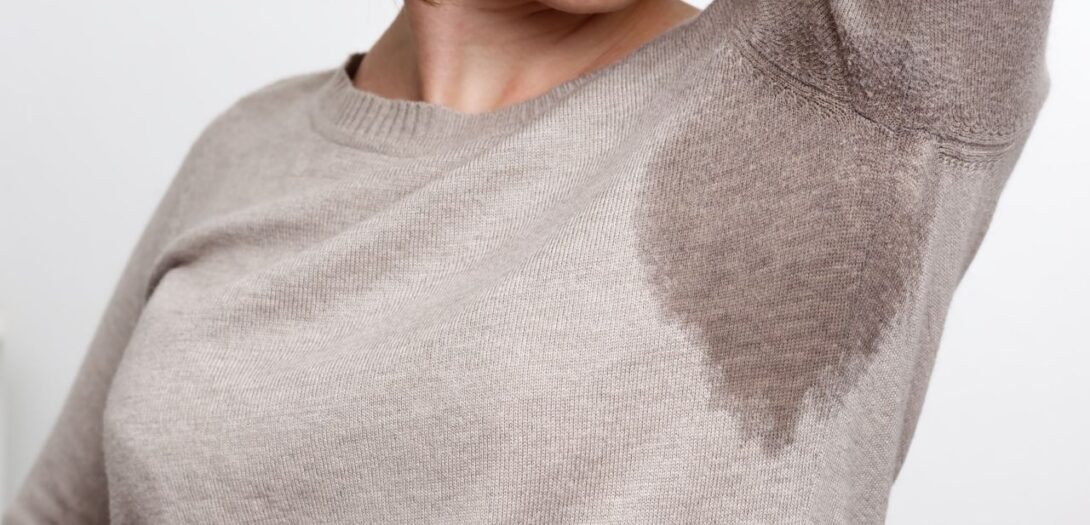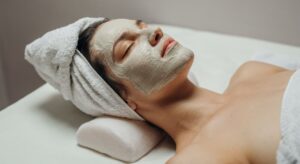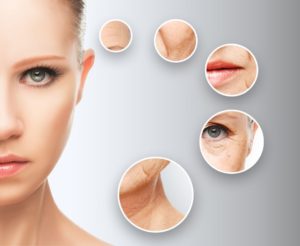Sweating is a normal and essential process for regulating body temperature. But some people sweat more than usual, commonly associated with the armpit, but it affects other body parts, including hands and feet.
Excessive sweating causes psychological and physical problems. Initially, it constantly makes people worry about managing and hiding sweat. Changing clothes, bathing frequently, avoiding handshakes, and wiping sweat repeatedly are the common psychological effects. In addition, it leads to a decrease in self-confidence and an increase in social isolation and emotional problems like anxiety and depression.
Physical problems from extreme sweating are skin irritation and infection. Moreover, it ruins your clothes, shoes, reading or writing material, electronic devices, or musical instruments. You may be amazed to know that Botox can treat excessive sweating. The results are excellent and last for more than a year. So, stop worrying about sweaty palms and clammy underarms as it is a great solution to save you from embarrassment.
Causes of Excessive Sweating
Sweating is a vital body response that helps us to cool down. Millions of sweat glands are present in the human body, of two types: eccrine sweat glands and apocrine sweat glands.
Eccrine sweat glands produce clear and odorless liquid in armpits, face, palms, and soles of feet, while apocrine glands secrete thicker fluid in the armpit and genital area.
Nerves activate both types of glands. Various stimuli activate these nerves. First, the brain sends signals to the body to sweat when it is too hot. Second, emotional disturbance or anxiety triggers sweating. Third, hormonal disorders or extreme physical activity stimulate nerves to produce more sweat. People with abnormal sweating have glands that overreact to stimuli or are permanently switched on to create unnecessary stickiness.
How does Botox help with Excessive Sweating?
Botox is a medicine that comprises of Botulinum Toxin type A, which is a naturally purified protein. When injected, it temporarily blocks the secretion of chemicals responsible for turning on the sweating glands.
Botox is a safe treatment with minimum side effects. It is 85% effective at decreasing sweating. The patients will likely observe the improvement after 2-4 days of the treatment, and full results become noticeable within two weeks.
Results of Botox last for six to nine months. But some people enjoy the benefits for up to twelve months. Common treatment areas include underarms, palms of hands, and soles of feet. It is advised to consult a medical aesthetician to know your suitability for Botox before you go ahead with the treatment.
The procedure of Botox for Excessive Sweating
A tiny and fine needle is used to insert small doses of Botox under the skin. The consultant uses a grid pattern to inject the fluid to cover the area of sweating. A numbing cream or ice is used to the treatment area before the procedure to avoid discomfort. After treatment, the patient may feel slight soreness and stinging at the treatment site that resolves in 48 hours. It is advised to avoid harsh shower gels and deodorants after the procedure. As the results are not permanent, repeated treatment sessions are required to prevent excessive sweating.
Ideal Candidates for the Treatment
Botox is usually safe for all, but you should avoid it if you are pregnant or breastfeeding. In addition, patients with neuromuscular disorders or people under 18 are not considered ideal for Botox.
Consult James Christian Cosmetics
Book your consultations at James Christian Cosmetics today to end the embarrassment of excessive sweating with Botox treatment. Our professionals have years of experience performing skin rejuvenating procedures and injectable services. We look forward to helping you reveal a dry and comfortable you.
*Information in this article is not medical advice and may not be factually accurate. It is intended for entertainment purposes only. Consult with a physician before attempting any tips in this blog post and to get the most up to date factual data about any procedure or treatment.













